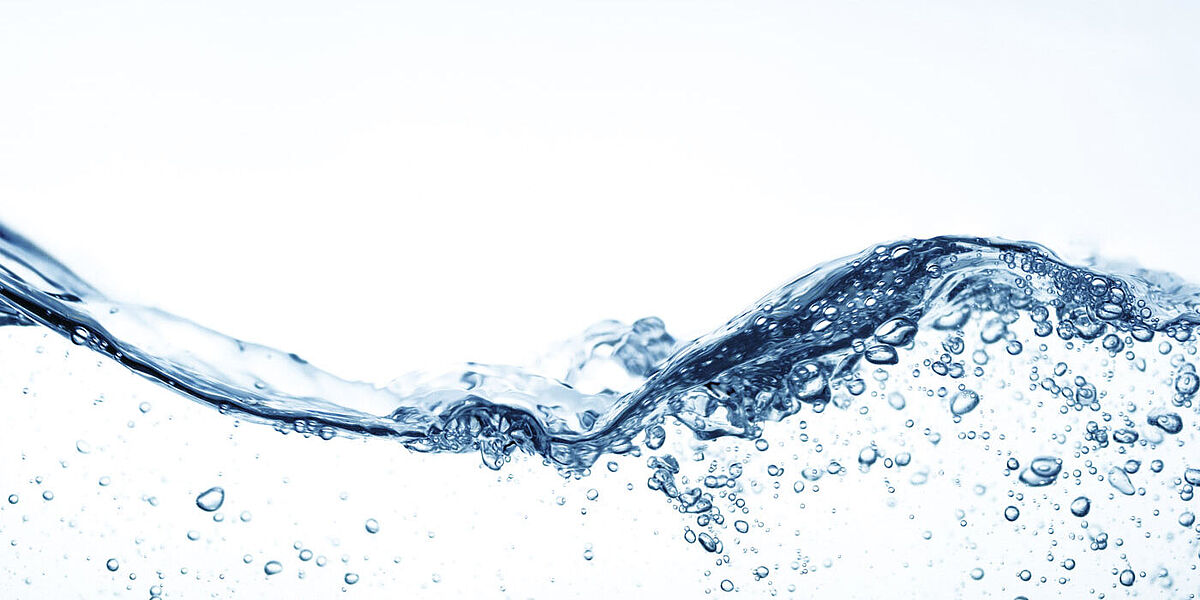Laboratory analysis on microplastics in tap water
Due to their unique properties, plastics are used in a wide variety of applications and worldwide demand is constantly increasing. A global problem, however, is that plastic is increasingly being released into the environment. Plastics are exposed to various environmental influences and can fragment into smaller parts down to the micrometer scale as a result of chemical, physical, biological or mechanical processes, resulting in microplastics.

Recent studies show that tap water can also contain microplastics. Microplastic particles are between one micrometer and five millimetres in size and can therefore only be detected using sensitive methods. Our experts at WESSLING use state-of-the-art spectroscopic analysis techniques to test tap water for microplastics and determine the quality of the residues.
Their experience and expertise in the field of microplastics makes our experts at WESSLING the ideal advisors for the suppliers of drinking water and provide individual advice on the optimum scope of analysis.
Your contact person
We are happy to help you.
- Frédéric Jeampierre
- +33 7 56 37 24 99
- frederic.jeampierre@wessling.fr

